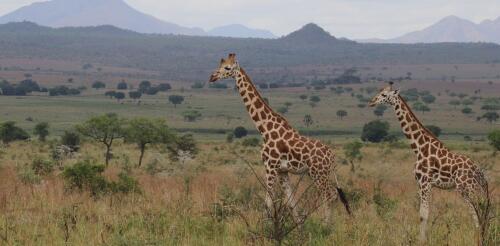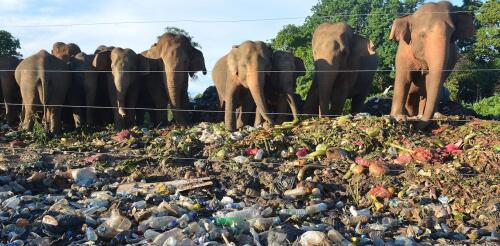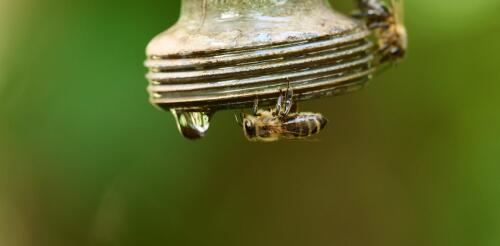Habitat loss
Nearly 6,000 years ago, our ancestors climbed arid rocky outcrops in what is now the Nigerian Sahara and carved spectacularly intricate, larger-than-life renditions of giraffes into the exposed sandstone. The remarkably detailed Dabous giraffe rock art petroglyphs are among many ancient petroglyphs featuring giraffes across Africa – a testament to early humans’ fascination with these unique creatures. We are still captivated by giraffes today, but many of these animals are at risk, largely due to habitat loss and illegal hunting. Some are critically endangered. To understand how giraffes are faring across Africa, conservation ecologists like me are studying how they interact with their habitats across vast geographic scales. We use space-age technology and advanced statistical approaches that our ancient ancestors could have scarcely imagined to understand how giraffes can better coexist with people. Giraffes are featured...
Despite their iconic status and long association with humans, Asian elephants are one of the most endangered large mammals. Believed to number between 45,000 and 50,000 individuals worldwide, they are at risk throughout Asia due to human activities such as deforestation, mining, dam building and road construction, which have damaged numerous ecosystems. My colleagues and I wanted to know when human actions started to fragment wildlife habitats and populations to the degree seen today. We quantified these impacts by considering them through the needs of this species. In a newly published study, we examined the centuries-long history of Asian landscapes that once were suitable elephant habitat and often were managed by local communities prior to the colonial era. In our view, understanding this history and restoring some of these relationships may be the key to living with elephants and other large wild animals in the future. Although e...
The extreme weather that has battered much of the U.S. in 2022 doesn’t just affect humans. Heat waves, wildfires, droughts and storms also threaten many wild species – including some that already face other stresses. I’ve been researching bee health for over 10 years, with a focus on honey bees. In 2021, I began hearing for the first time from beekeepers about how extreme drought and rainfall were affecting bee colony health. Drought conditions in the western U.S. in 2021 dried up bee forage – the floral nectar and pollen that bees need to produce honey and stay healthy. And extreme rain in the Northeast limited the hours that bees could fly for forage. In both cases, managed colonies – hives that humans keep for honey production or commercial pollination – were starving. Beekeepers had to feed their bees more supplements of sugar water and pollen than they usually would to keep their colonies alive. Some beekeepers who had been in busines...


